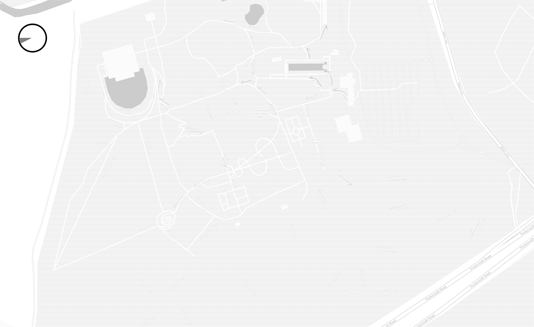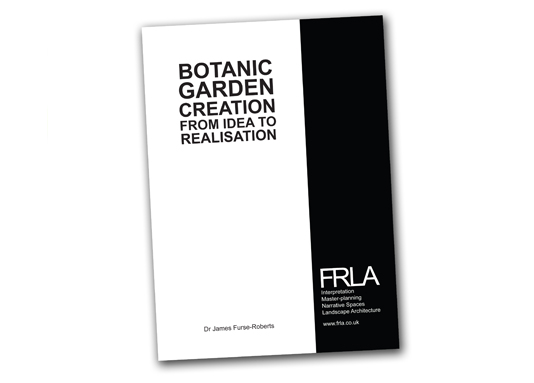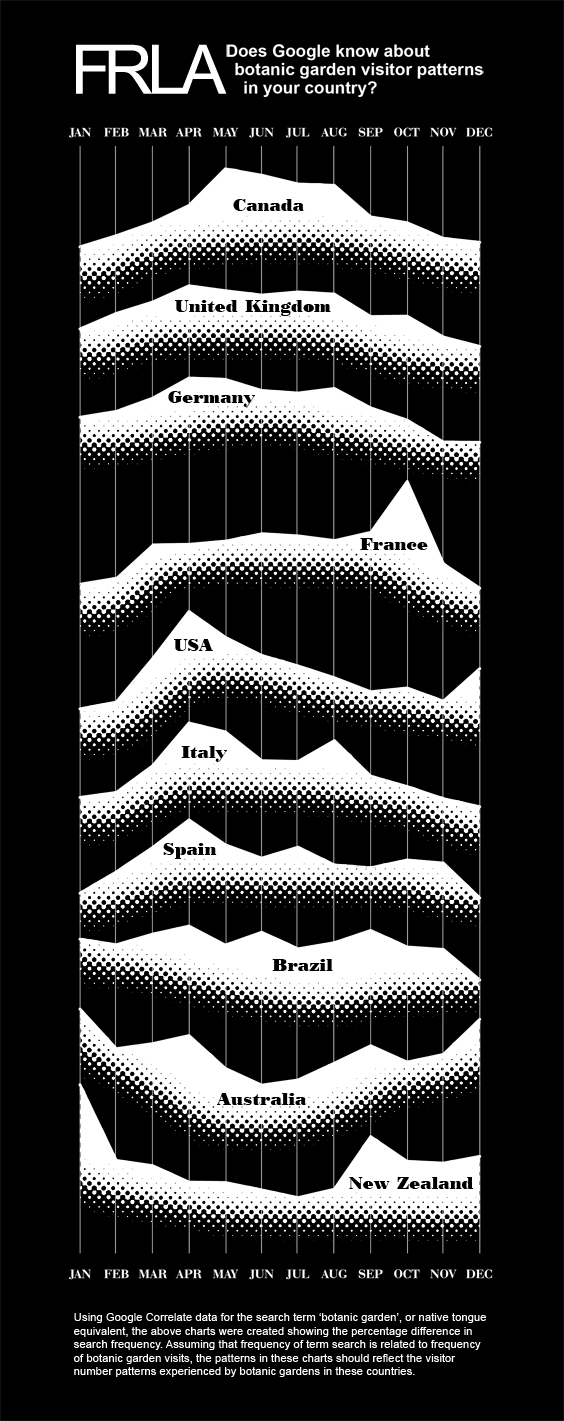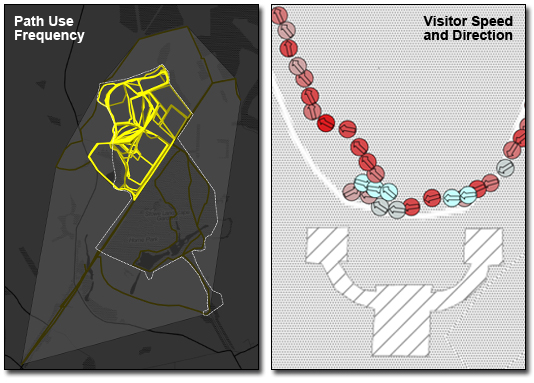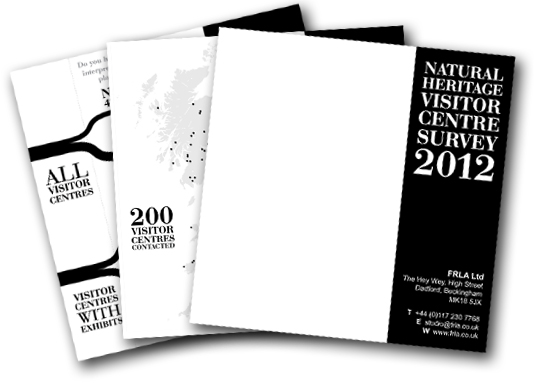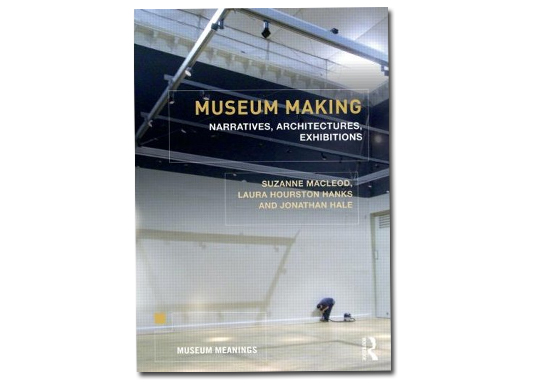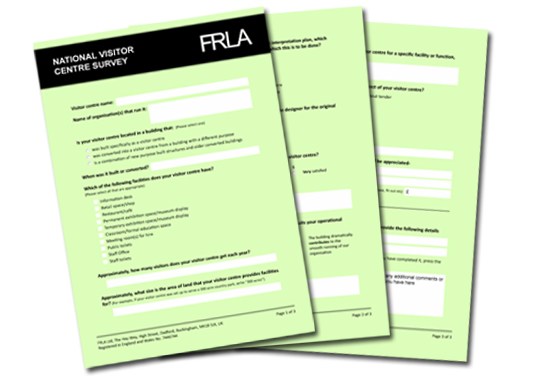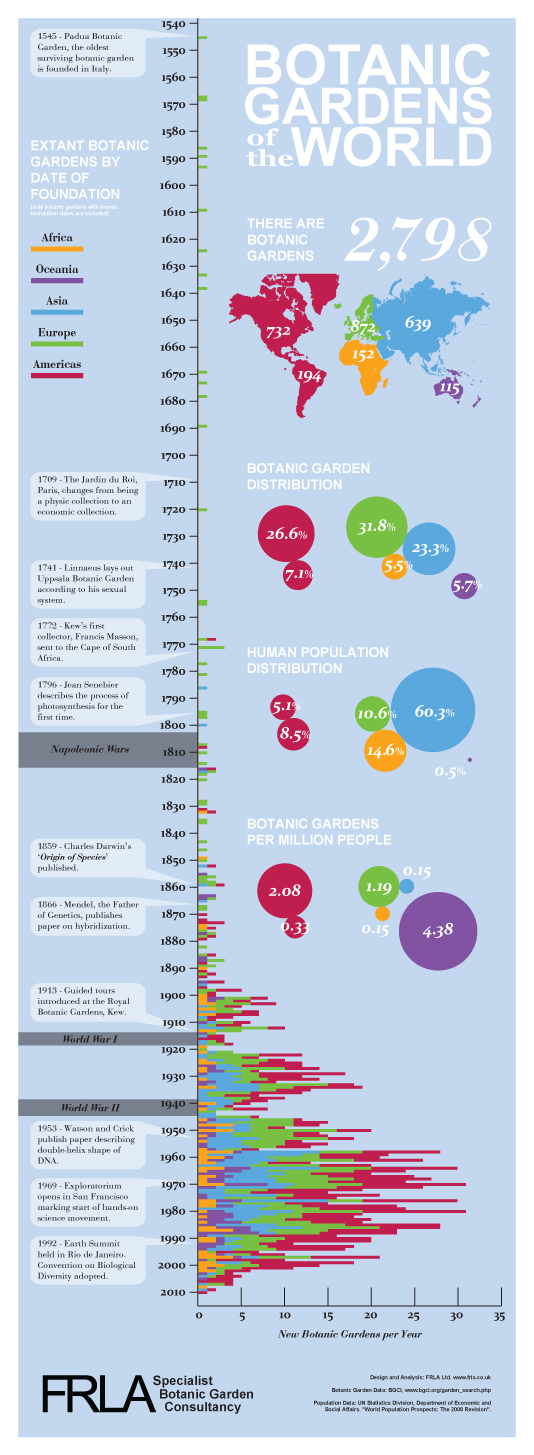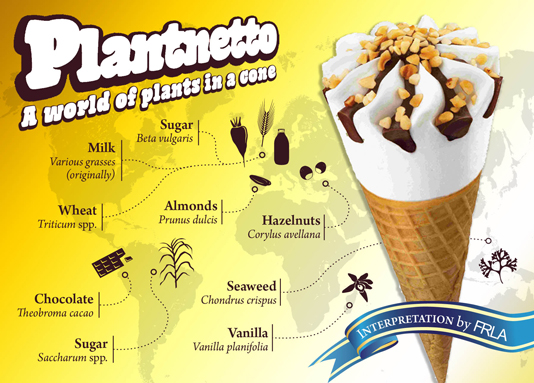GPS Tracking Survey
FRLA has been working with the Royal Horticultural Society to better understand how their visitors use their RHS Wisley garden. We devised a survey methodology that comprises of entry and exit interviews that are linked to spatial data from GPS (Global Positioning Systems) that the visitors carry with them during their time in the garden. This rich data set is providing a wealth of previously unknown information about the visitors, which is being used to…
Guide to Botanic Garden Creation
Just released – “Botanic Garden Creation: From Idea to Realisation” is a booklet by James Furse-Roberts that looks at the process of master-planning for botanical gardens. It is available free from here as a pdf or as a hard copy upon request. A lot of the topics and the approach discussed in this document are also relevant to the master-planning of other natural heritage attractions.
Google Correlate Botanic Garden Visitor Patterns
Using Google Correlate data for the search term ‘botanic garden’, or native tongue equivalent, the charts below were created showing the percentage difference in monthly search frequency. If the frequency of searches is directly related to the frequency of botanic garden visits, the patterns in these charts should reflect the visitor number patterns experienced by botanic gardens in these countries.
Space Use Analysis
At FRLA, we have always believed that, for us to be able to be able to create successful designs, it is necessary for us to fully understand how people use spaces and places. As part of our continued learning, we have recently been developing our own methods for tracking and analysing visitor use. Using combinations of GPS tracking, video, visitor surveys and GIS analysis, we can collect detailed data on how people move within a…
Natural Heritage Visitor Centre Report
At the start of 2012, FRLA carried out a survey of the UK’s natural heritage visitor centres to determine, among other things, how satisfied visitor centre managers were with their buildings. A number of intriguing things that come out of this but probably the most interesting is that a number of managers aren’t happy with their centres and it would appear that the method used to procure the architectural services has an effect on the…
Narrative Landscapes
February 2012 – “Museum Making: Narratives, Architectures, Exhibitions (Museum Meanings)” has now been published by Routledge and is available directly from them or, of course, via Amazon. Resulting from the Narrative Space conference, hosted by the University of Leicester in 2010, which attracted speakers from a number of diverse disciplines with the aim of exploring the role of narrative within the context of museums and interpretation, this book explores the same themes. Having spoken at…
Natural Visitor Centre Survey
In February 2012, FRLA is undertook a survey of the UK’s natural heritage visitor centres. Often run by not-for-profit organisations, the visitor centre building represents the largest single investment these organisations will make. However, despite the scale of investment and the importance of the design of these buildings to the successful running of the organisation, little work has been done to assess how well existing visitor centre buildings function. This survey aims to address this.…
QR Codes in Visitor Attractions
QR Codes are a type of bar-code that stores information in two dimensions. This gives them a greater capacity for storing data, which can take the form of text and numbers or even a web-address. With the increase in smart-phone ownership and the availability of apps that allow the phone’s camera to scan and extract information from these codes, they are becoming increasingly incorporated in to marketing campaigns, shopping experiences and even television programs. The…
Botanic Garden Infographic
June 28 – Using data from a number of sources, including Botanic Garden Conservation International’s (BGCI) online database of gardens, we have put together the following info-graphic to explore trends in botanic garden creation and location. This exercise highlights two interesting points. Firstly, there is an uneven distribution of botanic gardens with Africa, Asia and South America having far fewer per head of population than the other continents. Secondly, the stacked bar-chart would appear to…
Gloucester City Botanic Garden
June 11 – Unlike many of the UK’s cities, Gloucester doesn’t have a botanical garden. Faced with the challenge of correcting this with an almost non-existent budget, FRLA decided to maximise the city’s existing resources. Effectively, Gloucester already has a diverse collection of native and non-native plants growing throughout in odd corners and on the derelict sites awaiting development. The ‘Gloucester City Botanic Garden’ project imagined the whole city as a plant collection awaiting interpretation.…
Plantnetto
May 19 – Here’s a quick bit of interpretation that FRLA did as part of a marketing campaign. We use plants constantly and sometimes it’s fascinating to sit back and think about which plants have been used in an everyday object and where they have come from. With the recent warm weather our thoughts have been turning to ice-cream.
Botanic Garden Competition (II)
May 13 – For those of you that have been following the Botanic Garden Competition that FRLA ran earlier this year, I thought I would update you. You may recall that it was won by a joint submission from two botanic gardens that wanted a garden designing for each that helped them tell the stories of the anti-malarial plants that occur in both countries. FRLA’s initial thoughts revolved around building identical gardens in each country,…
